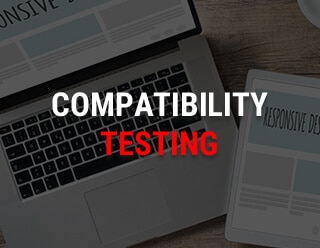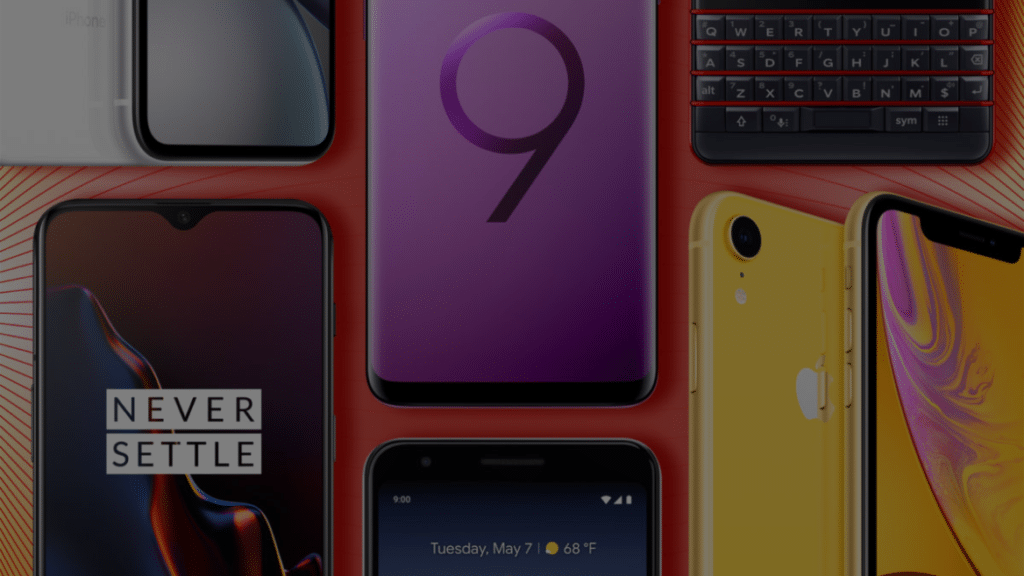



What is compatibility Testing?
Ad-hoc Testing Ad-hoc testing focuses on the look, feel and ease of a game. Whereas, compatibility testing focuses on the display of hardware or software and allows the application to function.
Need for Compatibility Testing
For instance, a game should be of high quality and compatible with all operating systems, hardware, software, etc. This test detects the errors or bugs before we deliver them to the market. Therefore, we perform this testing for a mobile game on multiple devices of different screen sizes, resolution and OS versions.
This test confirms that the game fulfills every requirement of the development department, and also First Party Compliance guidelines. Hence, it increases the reputation of the company/development team.
‘Quality games enhance sales and advertising and appreciated by users.’
Why do Compatibility Testing ?
A game which does not work with most devices and OS poses a reputational risk to the studios. It reduces your profits and installs. Additionally, users wanting to buy/install the game will never buy your studio’s games.
Once the game has released, it is too late to resolve compatibility issues particularly, leading to extensive repairs. This test estimates the functioning of a game before your game goes live.
you may also like

QA Services
Ad-hoc Testing Ad-hoc testing focuses on the look, feel and ease of a game. Whereas, compatibility testing focuses on the display of hardware or software and allows the application to function.

QA Services
Compliance Testing monitors the efficiency and reliability of the game on the end users devices. It’s one of the primary demands of the First Party app stores.

QA Services
Rooted device testing helps you to test bugs for your rooted phone. Think you have an android phone, but it isn’t yours. You cannot do everything you want to do with your phone.
Subsrcibe us now to get the latest news and updates

Subsrcibe us now to get the latest news and updates